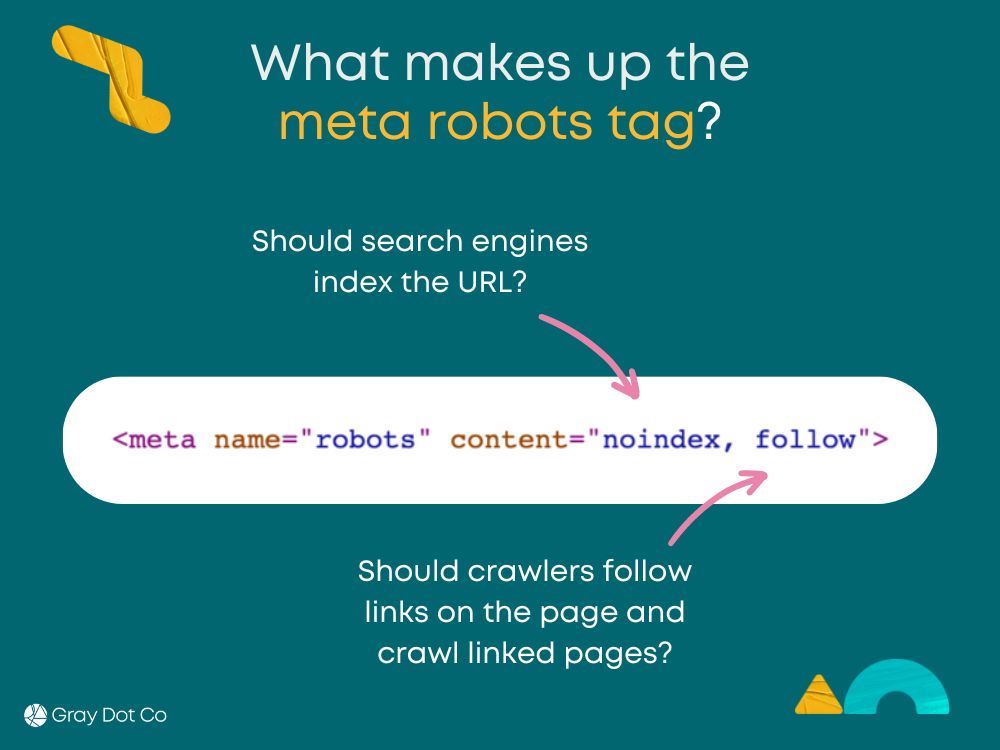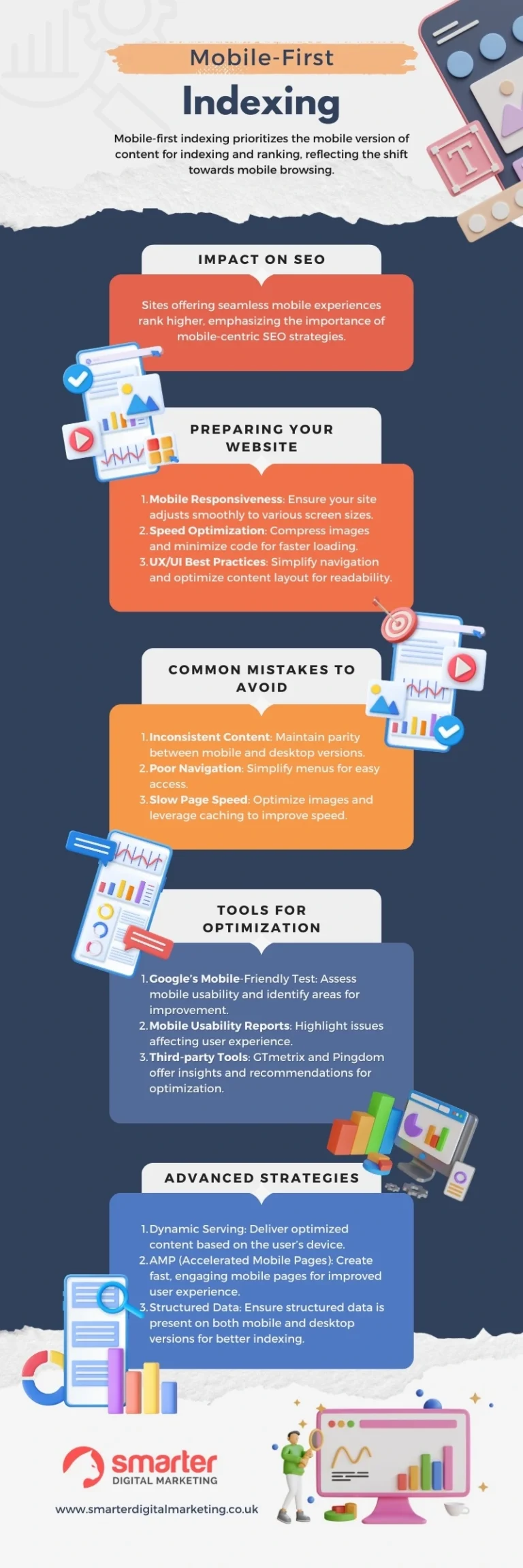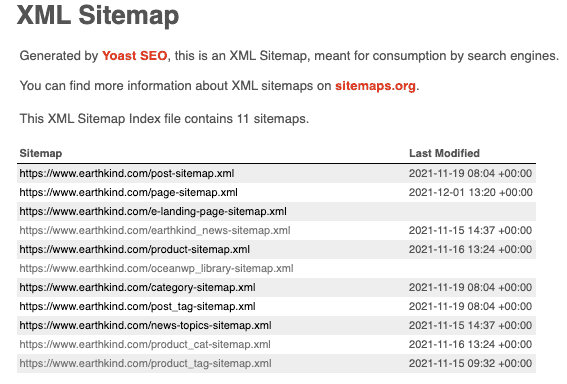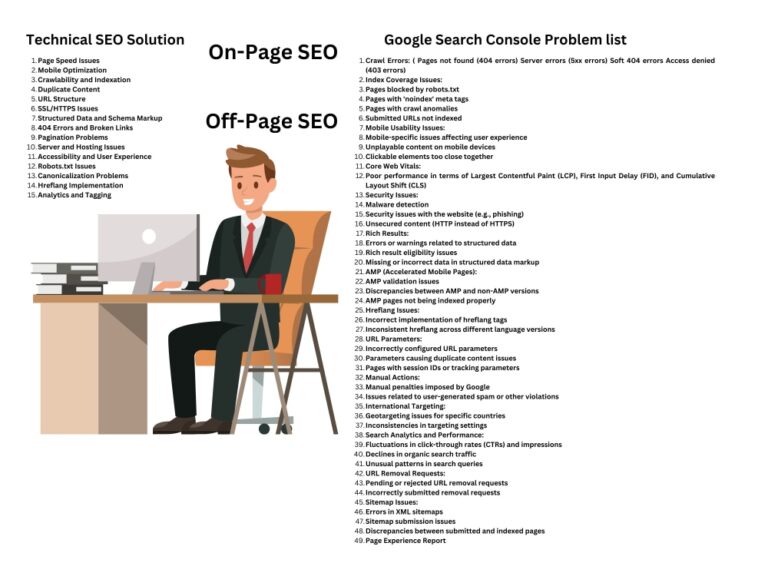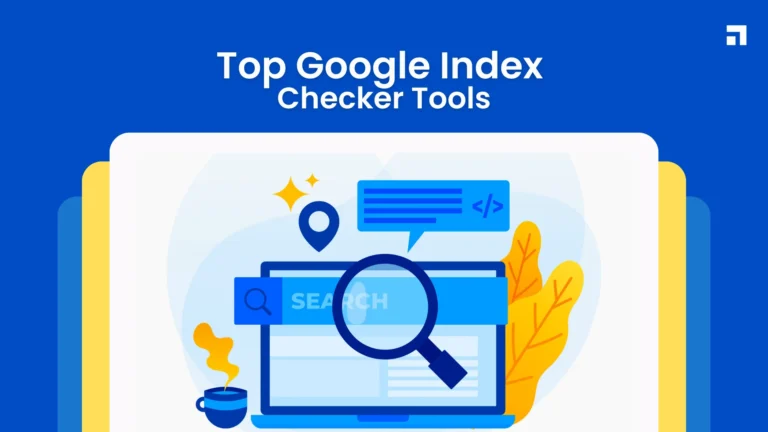Meta tags play a crucial role in controlling how search engines index your web pages. Use the “noindex” tag to prevent indexing, and the “nofollow” tag to stop search engines from following specific links.
Meta tags are snippets of text that provide information about a webpage’s content. They reside in the HTML code and are not visible on the page itself. Properly utilizing meta tags helps search engines understand your site better, improving visibility and relevance in search results.
By strategically employing meta tags, you can guide indexing behavior and enhance your SEO efforts. This optimization ensures that only the most relevant pages appear in search results, ultimately boosting your website’s performance and user experience. Understanding meta tags is essential for effective online presence management.

Credit: www.conductor.com
Introduction To Meta Tags
Meta tags are small snippets of text. They describe the content of a webpage. These tags help search engines understand your site better. Proper use of meta tags can improve your SEO strategy.
The Role Of Meta Tags In Seo
Meta tags play a significant role in SEO. They provide essential information for search engines. Here are some key functions:
- Indexing Control: Meta tags tell search engines what to index.
- Search Result Snippets: They influence how your page appears in search results.
- Keyword Relevance: Tags help highlight important keywords.
Types Of Meta Tags Relevant To Indexing
Several types of meta tags affect indexing. Each serves a specific purpose:
| Meta Tag | Description | Example |
|---|---|---|
| robots | Directs search engines on how to index the page. | |
| description | Summarizes the page content for search results. | |
| keywords | Lists relevant keywords for SEO. | |
Understanding these tags helps improve your site’s visibility. Use them wisely to control how search engines index your pages.
Meta Tags And Their Functions
Meta tags are essential tools for webmasters. They help control how search engines view your website. Proper use of meta tags improves your site’s visibility. Understanding their functions is key to better indexing.
Title Tag And Its Importance
The title tag is crucial for SEO. It appears in search results and browsers. A well-crafted title tag can attract more clicks.
Here are some important points about title tags:
- Keep it under 60 characters.
- Include primary keywords.
- Make it descriptive and engaging.
- Avoid duplicate title tags across pages.
Example of a title tag:
The Description Tag For Snippets
The description tag helps create search result snippets. This tag summarizes your page’s content. A good description increases click-through rates.
Key features of the description tag include:
- Length should be between 150-160 characters.
- Use relevant keywords.
- Provide clear and concise information.
- Avoid keyword stuffing.
Here’s how a description tag looks:
The Robots Meta Tag
The Robots Meta Tag helps control how search engines index your website. This tag tells search engines what to do with your pages. Using it wisely improves your website’s visibility.
Controlling Search Engine Crawling
The Robots Meta Tag can manage how search engines crawl your site. You can block or allow specific pages. Here are some common directives:
- index: Allows search engines to index the page.
- noindex: Prevents the page from being indexed.
- follow: Allows search engines to follow links.
- nofollow: Stops search engines from following links.
Example of the Robots Meta Tag in HTML:
Fine-tuning Indexing With Parameters
You can fine-tune indexing with specific parameters. This helps manage duplicate content. Here’s how to use the Robots Meta Tag effectively:
| Directive | Description |
|---|---|
| noindex, follow | Blocks indexing but allows link following. |
| index, nofollow | Allows indexing but blocks link following. |
| noindex, nofollow | Blocks both indexing and link following. |
Using the right combinations helps improve SEO. Adjust settings based on the content type. Always test changes to see their effects.

Credit: www.onely.com
Meta Keywords Tag
The Meta Keywords Tag was once a powerful tool for SEO. It allowed webmasters to specify keywords related to their content. Search engines used these keywords to determine page relevance. Over time, its importance has changed significantly.
Historical Significance
In the early days of SEO, the Meta Keywords Tag played a crucial role.
- Webmasters filled it with relevant keywords.
- Search engines relied on it for ranking pages.
- It helped improve visibility in search results.
Many sites abused this tag. Keyword stuffing became common. This led to its decline in importance.
Current Relevance And Usage
Today, the Meta Keywords Tag is largely ignored by major search engines.
Google and Bing do not use it for ranking.
Focus now shifts to content quality and user experience.
Still, some webmasters use it for:
- Organizing content internally.
- Tracking keyword trends.
Although it lacks direct impact on SEO, it can help in:
- Understanding audience interests.
- Improving site structure.
For modern SEO, prioritize quality content over the Meta Keywords Tag.
The Canonical Tag
The canonical tag helps manage duplicate content. It tells search engines which version of a page to index. This improves your site’s SEO performance.
Preventing Duplicate Content Issues
Duplicate content can confuse search engines. It makes it hard for them to know which page to rank. Use canonical tags to signal the preferred version.
- Single source for content
- Reduces indexing errors
- Improves user experience
For example, if you have two pages with similar content, add a canonical tag to one page. This tag looks like this:
This tells search engines to focus on the preferred page. It reduces the chance of being penalized for duplicate content.
Strengthening Seo Through Canonicalization
Using canonical tags can boost your SEO strategy. They help consolidate link equity. This means all links point to your preferred page.
| Benefit | Description |
|---|---|
| Improved Rankings | Focuses authority on one page. |
| Better User Experience | Directs users to the best content. |
| Efficient Crawling | Makes it easier for search engines. |
Implementing canonical tags is simple. It requires a few lines of code. Place the code in the section of your HTML.
Stay clear of duplicate content. Use the canonical tag wisely. It strengthens your site’s SEO and ensures proper indexing.
Using Noindex And Nofollow Tags
Meta tags play a crucial role in controlling how search engines index your content. The Noindex and Nofollow tags help manage visibility. They allow you to decide what content should be indexed and which links should be ignored.
When To Use Noindex
The Noindex tag tells search engines not to index a page. Use it for pages that provide little value. Here are some common scenarios:
- Thank you pages after form submissions
- Duplicate content across multiple pages
- Low-quality content that doesn’t serve users
Implementing Noindex prevents these pages from appearing in search results. This helps improve your website’s overall quality.
Strategic Use Of Nofollow
The Nofollow tag instructs search engines not to follow specific links. This is useful for:
- Links to untrusted sites
- Paid advertisements or sponsored content
- Comments on blogs to prevent spam
By using Nofollow wisely, you protect your site’s reputation. It avoids passing link equity to irrelevant or low-quality sites.
Here’s an example of how to implement these tags in HTML:
Always evaluate your content strategy. Proper use of Noindex and Nofollow helps maintain a healthy website.
Implementing Meta Tags Correctly
Using meta tags effectively helps control how search engines index your pages. Proper implementation boosts visibility. It guides search engines on how to treat your content.
Best Practices For Meta Tagging
- Use the Correct Tags: Focus on essential tags like
, and. - Keep Titles Unique: Each page should have a unique title. This helps avoid confusion.
- Write Clear Descriptions: Descriptions should summarize the content. Keep it under 160 characters.
- Use Keywords Wisely: Include relevant keywords. Avoid keyword stuffing.
- Test Your Tags: Use tools to check how search engines read your tags.
Common Mistakes To Avoid
| Mistake | Impact |
|---|---|
| Using Duplicate Titles | Confuses search engines and reduces rankings. |
| Ignoring the Robots Tag | Can lead to unwanted pages being indexed. |
| Overly Long Titles | Search engines may cut off your title. |
| Neglecting Mobile Optimization | Loss of visibility on mobile searches. |
Stay updated with SEO trends. Regularly revise your meta tags. This keeps your content relevant.
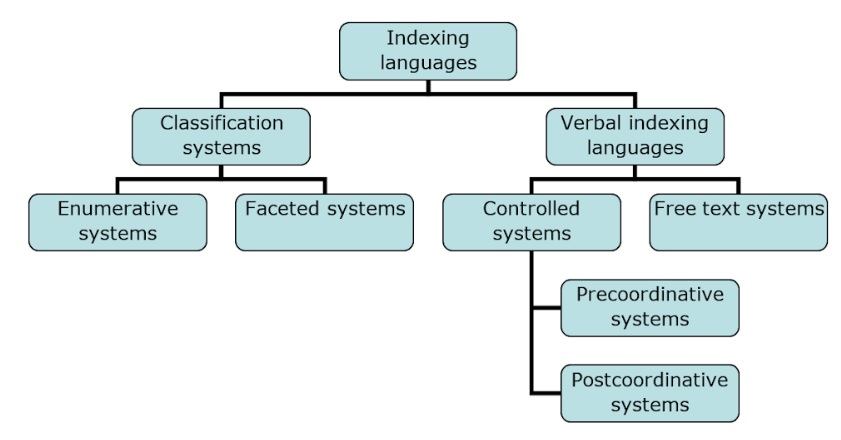
Credit: www.isko.org
Monitoring And Measuring Impact
Understanding the impact of meta tags is crucial. They help control how search engines index your site. Monitoring their effectiveness allows you to make informed decisions. Regular measurement leads to improved SEO performance.
Tools For Tracking Seo Performance
Several tools can track your SEO performance. Use them to analyze the impact of your meta tags. Here are some popular options:
- Google Analytics – Tracks website traffic and user behavior.
- Google Search Console – Monitors indexing status and search queries.
- SEMrush – Provides keyword tracking and site audits.
- Ahrefs – Analyzes backlinks and keyword rankings.
- Moz – Offers domain authority tracking and page optimization tips.
Evaluating Meta Tags Effectiveness
Evaluate the effectiveness of your meta tags regularly. Use the following methods:
- Check Click-Through Rates (CTR): High CTR indicates successful meta descriptions.
- Monitor Rankings: Observe how keyword rankings change.
- Analyze Bounce Rates: Lower bounce rates suggest relevant content.
- Review Indexing Status: Ensure pages are indexed as intended.
Utilize a table to summarize key metrics:
| Metric | Ideal Value | Action Required |
|---|---|---|
| Click-Through Rate (CTR) | Above 3% | Revise meta descriptions if lower |
| Keyword Ranking | Top 10 | Optimize content for better ranking |
| Bounce Rate | Below 40% | Improve content relevance |
| Indexing Status | 100% indexed | Fix any indexing issues |
Regular evaluation leads to better control over your SEO strategy. Adjustments based on data can significantly improve visibility.
Advanced Techniques And Considerations
Meta tags play a vital role in controlling how search engines index your content. Using advanced techniques can enhance your site’s visibility. Consider these methods for better SEO performance.
Utilizing Structured Data
Structured data helps search engines understand your content better. It provides context about your pages. Implementing structured data can improve your search engine rankings.
- Use Schema.org for markup.
- Add relevant tags like Article, Product, or Event.
- Utilize JSON-LD format for easy implementation.
Here’s a simple example of structured data for an article:
{
"@context": "https://schema.org",
"@type": "Article",
"headline": "How to Use Meta Tags",
"author": "John Doe",
"datePublished": "2023-10-01",
"image": "https://example.com/image.jpg"
}
Structured data can lead to rich snippets. Rich snippets attract more clicks. Monitor your results using Google Search Console.
The Future Of Meta Tags And Seo
Meta tags are evolving. Search engines are becoming smarter. They focus on user experience and content quality.
Consider these trends:
- Voice Search: Optimize meta tags for voice queries.
- Mobile-First Indexing: Ensure your site is mobile-friendly.
- Visual Search: Use alt tags for images.
Stay updated on SEO changes. Adapt your meta tags accordingly. This will help maintain your site’s relevance.
| Trend | Action |
|---|---|
| Voice Search | Use natural language in meta descriptions. |
| Mobile-First Indexing | Optimize for mobile devices. |
| Visual Search | Implement descriptive alt tags for images. |
Frequently Asked Questions
What Are Meta Tags For Indexing?
Meta tags are snippets of text that provide information about a web page. They help search engines understand the content. Common types include the “robots” tag, which controls indexing. Proper use of meta tags can improve your site’s visibility and search engine ranking.
How Do I Use Meta Tags Effectively?
To use meta tags effectively, first identify your keywords. Next, include relevant tags in your HTML code. Be sure to keep descriptions concise and informative. Regularly review and update tags based on performance analytics. This will help improve your search engine optimization (SEO) strategy.
Why Are Meta Tags Important For Seo?
Meta tags play a crucial role in SEO by guiding search engines. They help define how your site appears in search results. Properly optimized tags can improve click-through rates. They also enhance user experience by providing clear descriptions of your content.
Can Meta Tags Prevent Indexing?
Yes, certain meta tags can prevent indexing. The “noindex” tag instructs search engines not to include a page in search results. This is useful for duplicate or less important content. However, use it cautiously to avoid losing valuable traffic.
Conclusion
Understanding how to use meta tags effectively can significantly enhance your website’s indexing control. By implementing the right tags, you can guide search engines and improve your visibility. Prioritize relevant keywords and ensure your tags are well-structured. This strategy will lead to better rankings and a more optimized online presence.

